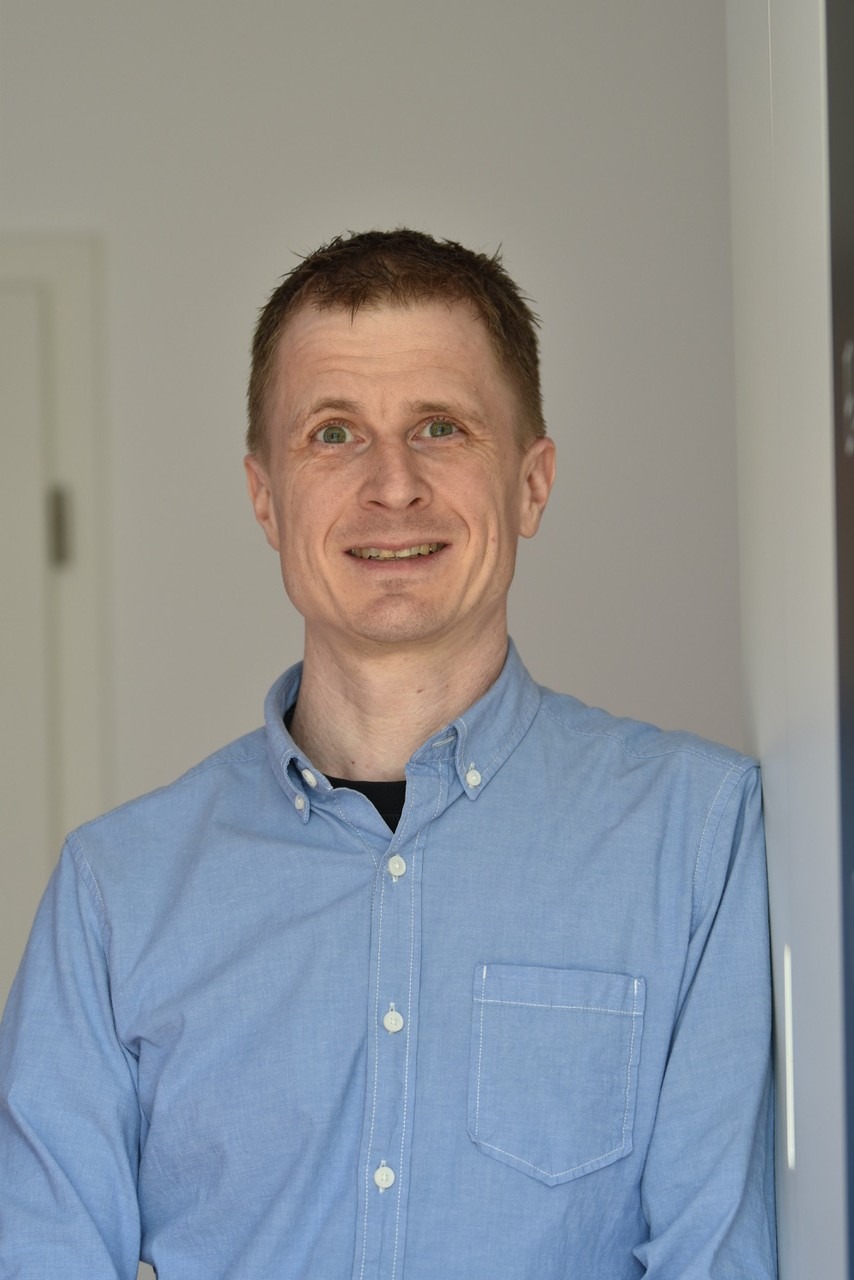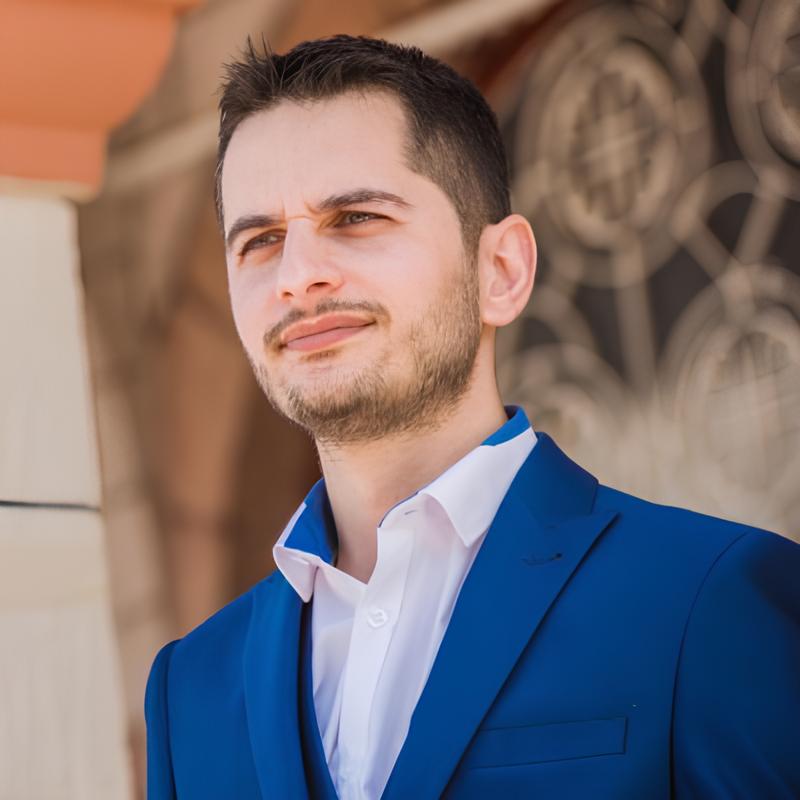

Nikos Mamoulis
Range data: where to find them and what to do with them
Range data are ubiquitous in single- and low-dimensional spaces, playing a crucial role in various applications. They model validity periods of object versions in temporal databases, represent uncertainty or confidence intervals in probabilistic databases, and serve as object approximations in spatial databases, among other uses.
In this talk, I will explore the diverse characteristics of range data — such as extent, overlap, and dynamics — across different applications and discuss their unique handling requirements. I will then provide an overview of range data management, covering techniques from computational geometry, spatial and temporal data processing, and modern in-memory approaches.
Finally, I will discuss emerging trends in applying machine learning to indexing and query optimization for range data, highlighting key challenges and future research directions.
Professor, University of Ioannina | Lead Researcher, ATHENA Research Center
Nikos Mamoulis, BEng(CE) University of Patras, PhD(CS) HKUST, is a professor at the Department of Computer Science and Engineering at the University of Ioannina (UoI) and a lead researcher at Archimedes Research Unit of Athena RC.
Before joining UoI, he was a faculty member at the Department of Computer Science, University of Hong Kong. His research focuses on the management and mining of complex data types. His work on spatio-temporal data management has received best paper and test-of-time awards. He is the recipient of a Marie Curie fellowship (2014-2018) and he has been granted over 15 research projects as a PI in Hong Kong and Greece.
He is a senior ACM member. He has participated in many organization boards of international conferences and has been a PC member in more than 120 program committees of top conferences in database research (e.g., SIGMOD, VLDB, ICDE, EDBT, KDD). He has been an associate editor and an editorial board member in several journals including TKDE, VLDBJ, KAIS, Geoinformatica, and ACM TSAS.

Jens Teubner
Implementing Database Engines for Modern Hardware
Professor, TU Dortmund University | Head of Database and Information Systems (DBIS) Group

Alexander Artikis
Making Sense of Streaming Data
Complex Event Recognition (CER) refers to the activity of detecting (spatio-)temporal patterns in streams of continuously arriving “event” data over (geographically) distributed sources. CER is a key ingredient of many contemporary Big Data applications that require the processing of such event streams in order to obtain timely insights and implement reactive and proactive measures.
Examples of such applications include the recognition of attacks in computer network nodes, human activities on video content, emerging stories and trends on the Social Web, traffic and transport incidents in smart cities, error conditions in smart energy grids, violations of maritime regulations, cardiac arrhythmias and epidemic spread. In each application, CER allows one to make sense of streaming data, react accordingly, and prepare for counter-measures.
In this talk, we will overview the formal methods for CER, as they have been developed in the artificial intelligence community.
Associate Professor, University of Piraeus | Research Associate, National Centre for Scientific Research "Demokritos"
Alexander Artikis is an Associate Professor at the University of Piraeus, and a Research Associate at NCSR Demokritos, leading the Complex Event Recognition group. He holds a PhD from Imperial College London on Multi-Agent Systems, while his research interests lie in the area of Artificial Intelligence. He has published over 100 papers in related journals and conferences.
Alexander has been developing complex event processing techniques in the context of several EU-funded Big Data projects, and was the scientific coordinator in some of them. He has given tutorials on complex event processing in various conferences, such as IJCAI, KR, VLDB and ECAI. In 2020, he co-organised the Dagstuhl seminar on the “Foundations of Composite Event Recognition”.

Nikos Ntarmos
Database systems research in Huawei: The Edinburgh DB Lab perspective
Huawei’s vision is a fully connected, intelligent world. To achieve this, data systems play a fundamental role as key enablers and a core building block of several services and products. This talk will give a summary of the work carried out in this context by the Database Lab in Huawei’s Edinburgh RC, spanning different deployment environments and application domains, while also providing a list of research areas and open questions targeted by the lab’s work.
Senior Lecturer, University of Glasgow | Director of Database Lab, Huawei Technologies
Nikos Ntarmos is the Director of the Database Lab at Huawei’s Edinburgh Research Centre, where he leads a team of researchers and engineers working on designing and implementing next generation database management systems, for environments ranging from smartphones/tables to small routers/switches to big-iron servers and the cloud.
His research interests lie in the areas of distributed computing and (large-scale) data management systems, with a focus on issues pertaining to storage, indexing and query processing and optimization, in embedded databases, distributed data stores, multi-model databases, and joint at-rest/streaming data processing systems. He has published more than 60 papers in top-tier data management venues, and was a recipient of the best paper award at the ACM CIKM 2006 conference and the best student paper award at the IEEE Big Data 2018 conference. Nikos received his PhD in computer engineering and informatics from the University of Patras in 2008.
He is a member of the IEEE and the ACM, and a Fellow of the UK Higher Education Academy. Before joining Huawei, he held academic posts at the University of Glasgow and the University of Ioannina, and research fellow posts at the University of Glasgow and the University of Patras. He has served in the Program Committees of multiple international conferences (including VLDB, ACM SIGMOD, IEEE ICDE, EDBT, ACM/IFIP/USENIX Middleware, WISE, IEEE CCNC, etc.). He has also worked as a research engineer, software engineer, and senior systems administrator, and routinely contributes to open-source projects.



Antonis Katsarakis
Dandelion Hashtable: beyond Billion in-memory requests per second on a commodity server
This paper presents DLHT, a concurrent in-memory hashtable. Despite efforts to optimize hashtables, that go as far as sacrificing core functionality, state-of-the-art designs still incur multiple memory accesses per request and block request processing in three cases. First, most hashtables block while waiting for data to be retrieved from memory. Second, open-addressing designs, which represent the current state-of-the-art, either cannot free index slots on deletes or must block all requests to do so. Third, index resizes block every request until all objects are copied to the new index. Defying folklore wisdom, DLHT forgoes open-addressing and adopts a fully-featured and memory-aware closed-addressing design based on bounded cache-line-chaining.
This design offers lock-free index operations and deletes that free slots instantly, (2) completes most requests with a single memory access, (3) utilizes software prefetching to hide memory latencies, and (4) employs a novel non-blocking and parallel resizing. In a commodity server and a memory-resident workload, DLHT surpasses 1.6B requests per second and provides 3.5×(12×) the throughput of the state-of-the-art closed-addressing (open-addressing) resizable hashtable on Gets (Deletes).
Principal Researcher, Huawei Research
Antonis is a Principal Researcher at Huawei, working on next-generation databases. His interests include concurrency, consistency, fault tolerance, data structures as well as transactional and analytical databases. He is particularly fond of maximizing performance per cost by exploring hardware-software co-design, combining theory with practice, and cross-pollinating ideas across databases, systems, architecture, and networking.
Before Huawei, he worked for Microsoft Research and got his Ph.D. from the University of Edinburgh, for which he received the ACM-Eurosys Roger Needham HM award. His research has also received other awards, including a PPoPP Best Paper nominee and the IEEE Micro Top Picks HM.